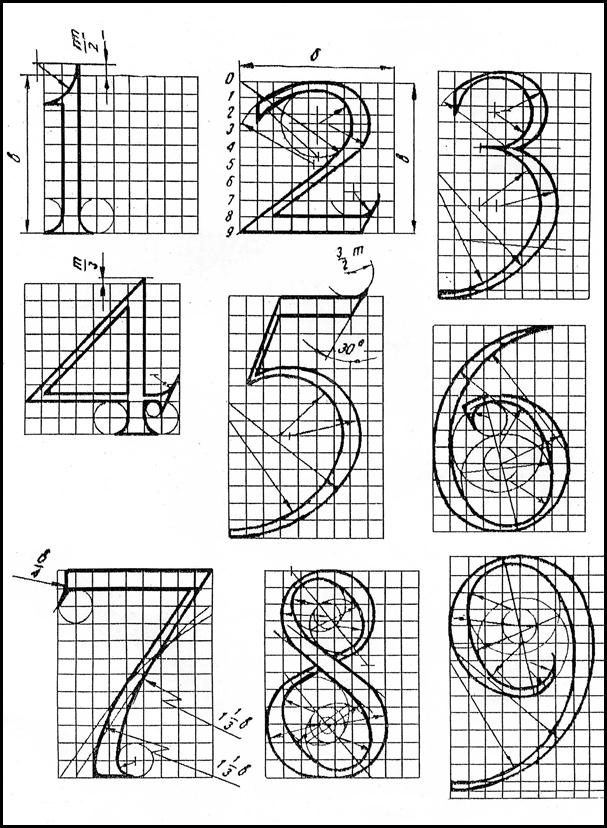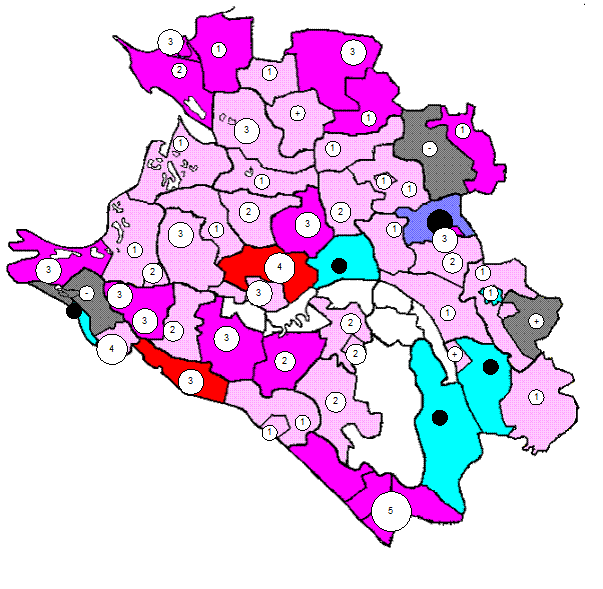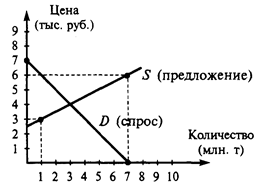FLASH MEMORY
Flash memory is a non-volatile computer storage that can be electrically erased and reprogrammed. It is a technology that is primarily used in memory cards and USB flash drives for general storage and transfer of data between computers and other digital products. It is a specific type of EEPROM (Electrically Erasable Programmable Read-Only Memory) that is erased and programmed in large blocks. In early flash memory the entire chip had to be erased at once. Flash memory costs far less than byte-programmable EEPROM and therefore has become the dominant technology. Example applications include PDAs (personal digital assistants), laptop computers, digital audio players, digital cameras and mobile phones. Since flash memory is non-volatile, no power is needed to maintain the information stored in the chip. In addition, flash memory offers fast read access (although not as fast as volatile DRAM memory used for main memory in PCs) and better kinetic shock resistance than hard disks. These characteristics explain the popularity of flash memory in portable devices. Another feature of flash memory is that when packaged in a "memory card," it is enormously durable, being able to withstand intense pressure, extremes of temperature, and even immersion in water. Flash memory (both NOR and NAND types) was invented by Dr. F. Masuoka while working for Toshiba in 1980. He presented his invention at the International Electron Devices Meeting held in San Francisco, Californiain 1984. Intel Corporation saw the massive potential of the invention and introduced the first commercial NOR type flash chip in 1988. NOR-based flash was the basis of early flash-based removable media; CompactFlash was originally based on it, though later cards moved to less expensive NAND flash which was announced by Toshiba at the International Electron Devices Meeting in 1987. NAND flash is similar to other secondary storage devices such as hard disks and optical media, and is thus very suitable for use in mass-storage devices such as memory cards. The first NAND-based removable media format was SmartMedia, and many others have followed, including MultiMediaCard, Secure Digital, Memory Stick and xD-Picture Card. A new generation of memory card formats, including RS-MMC, miniSD and microSD, and Intelligent Stick, feature extremely small form factors. For example, the microSD card has an area of just over 1.5 cm², with a thickness of less than 1 mm; microSD capacities range from 64 MB to 16 GB, as of August 2009. TASKS 1. Give Russian equivalents of the following words and word combinations. Transcribe them.
1. volatile (adj.) 2. erase (v.) 3. technology (n.) 4. primarily (adv.) 5. entire (adj.) 6. maintain (v.) 7. characteristics (n.) 8. enormous (adj.) 9. durable (adj.) 10. pressure (n.) 11. commercial (adj.)
2. Give English equivalents of the following words and word combinations
1. флэш-память 2. карты памяти 3. передача данных 4. особый тип 5. весь чип 6. цифровые фотоаппараты 7. мобильные телефоны 8. кроме того 9. портативные устройства 10. представить изобретение 11. потенциал изобретения 12. съемные средства 13. быть подобным 14. устройства хранения 15. подходящий для использования 16. новое поколение
3. Translate the groups of words. Mind: the prefix – non has a negative meaning.
1. productive (adj.) – non- productive (adj.) 2. volatile (adj.) – non-volatile (adj.) 3. programmable (adj.) – non- programmable (adj.) 4. resistant (adj.) –non-resistant (adj.)
4. Translate the following word combinations into Russian and formulate the rule of the meaning of the prefix - re.
1. to read the instructions – to reread the instructions 2. to write a program –to rewrite a program 3. to wind the wire – to rewind the wire 4. programmed device – reprogrammed device 5. constructed computer – reconstructed computer 6. counted objects – re-counted objects
5. The word “that” used in complex sentences may be translated as «который» and «что». Write out the sentences in which the word “that” is translated as: a) «который», b) «что».
1. Flash memory is a non-volatile computer storage that can be electrically erased and reprogrammed. 2. It is a technology that is primarily used in memory cards and USB flash drives for general storage and transfer of data between computers and other digital products. 3. It is a specific type of EEPROM (Electrically Erasable Programmable Read-Only Memory) that is erased and programmed in large blocks. 4. Another feature of flash memory is that when packaged in a "memory card," it is enormously durable, being able to withstand intense pressure, extremes of temperature, and even immersion in water.
6. Read and translate the text.
|




